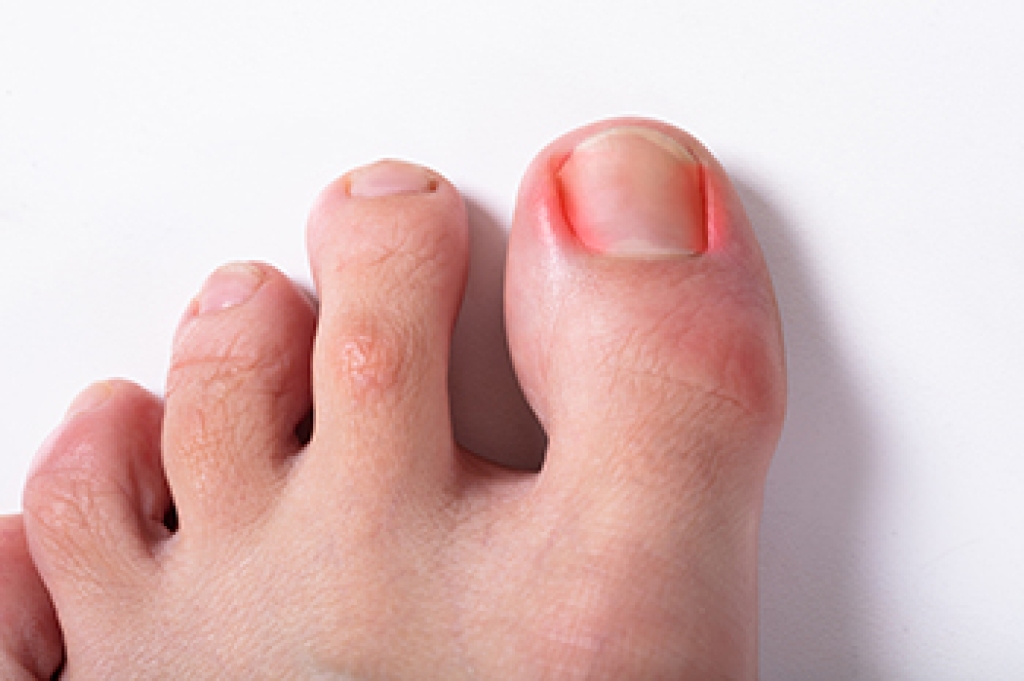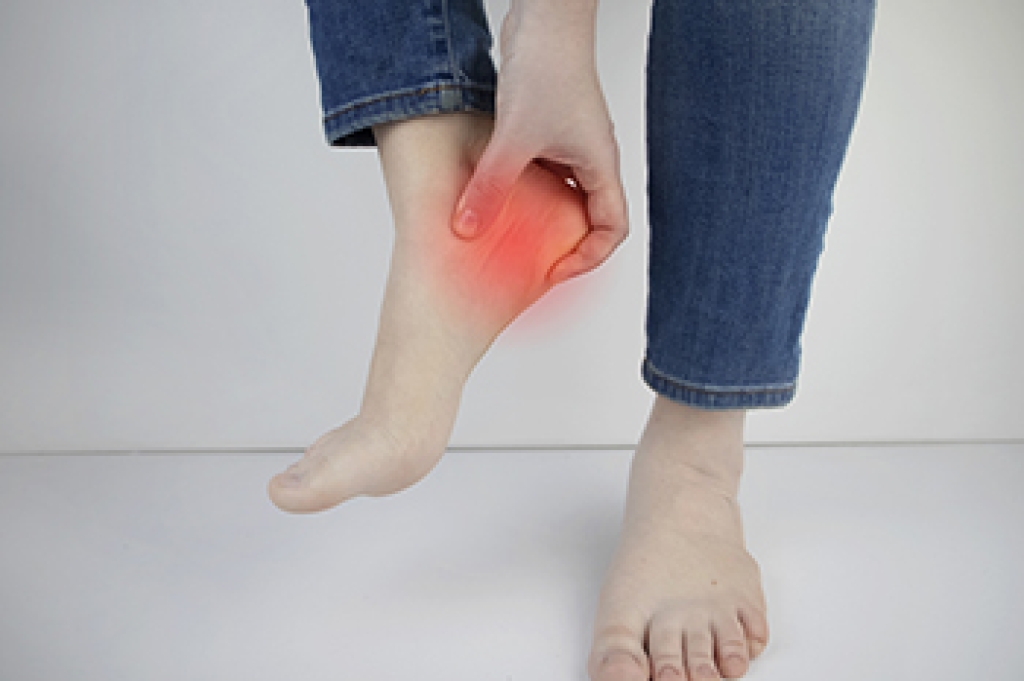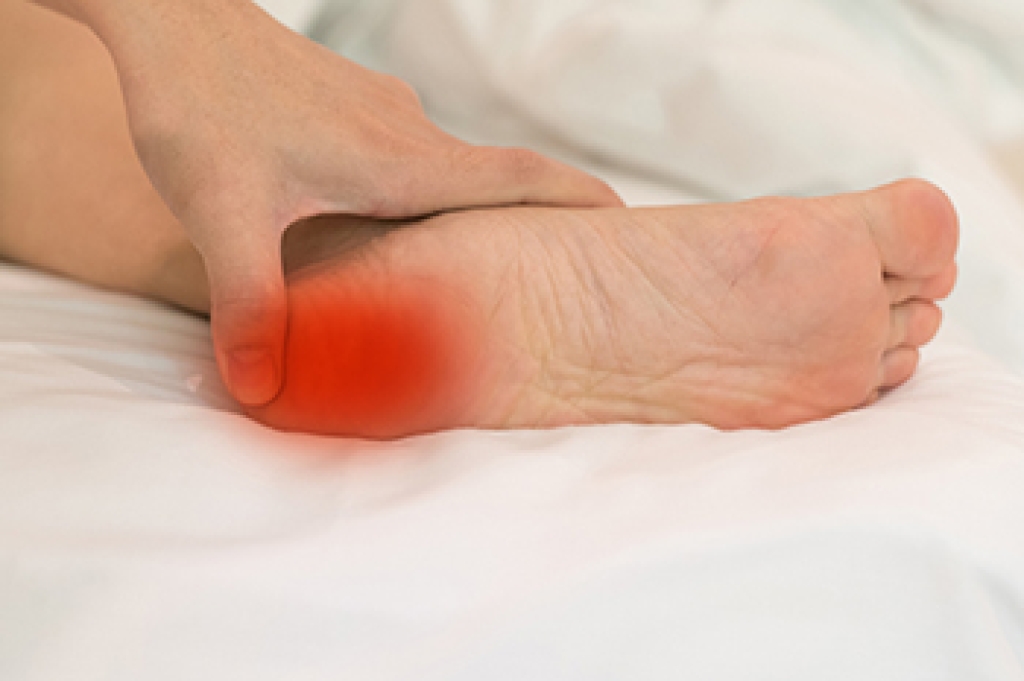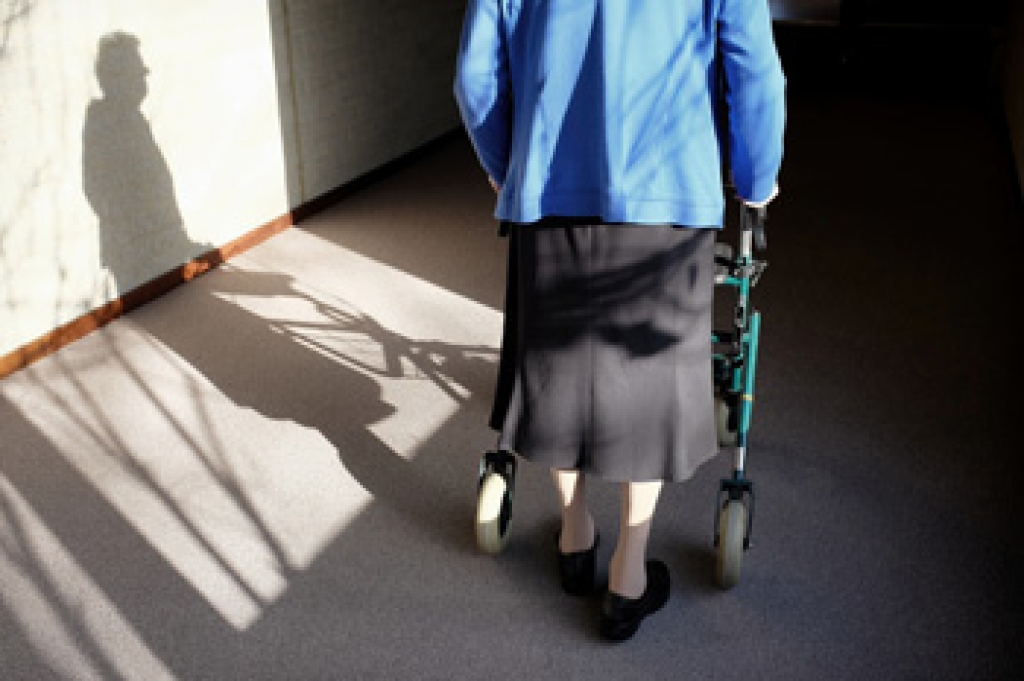Connect With Us
Blog
Blog
Causes of an Ingrown Toenail

An ingrown toenail is the result of the nail growing into the skin instead of over it. This can happen from wearing shoes that are too tight or from trimming the toenails improperly. Some people will get an ingrown toenail from enduring a toe injury, or from inadequate foot hygiene. Additionally, there may be genetic factors that can cause an ingrown toenail to develop. Common symptoms that many patients experience can consist of the surrounding skin becoming red, swollen, and painful. If the nail becomes infected it may bleed and a discharge may ooze from the nail. A proper diagnosis is done by having a physical examination of the foot performed, and an X-ray may be necessary which can determine the extent of the injury. Mild relief may be found when the foot is soaked in warm water, thus making it easier to gently pull the skin away from the nail. This is considered to be a temporary solution and a podiatrist is eventually sought who can provide permanent relief, which may include surgery.
Ingrown toenails may initially present themselves as a minor discomfort, but they may progress into an infection in the skin without proper treatment. For more information about ingrown toenails, contact one of our podiatrists of Biebel & DeCotiis Podiatry Associates. Our doctors can provide the care you need to keep you pain-free and on your feet.
Ingrown Toenails
Ingrown toenails are caused when the corner or side of a toenail grows into the soft flesh surrounding it. They often result in redness, swelling, pain, and in some cases, infection. This condition typically affects the big toe and may recur if it is not treated properly.
Causes
- Improper toenail trimming
- Genetics
- Improper shoe fitting
- Injury from pedicures or nail picking
- Abnormal gait
- Poor hygiene
You are more likely to develop an ingrown toenail if you are obese, have diabetes, arthritis, or have any fungal infection in your nails. Additionally, people who have foot or toe deformities are at a higher risk of developing an ingrown toenail.
Symptoms
Some symptoms of ingrown toenails are redness, swelling, and pain. In rare cases, there may be a yellowish drainage coming from the nail.
Treatment
Ignoring an ingrown toenail can have serious complications. Infections of the nail border can progress to a deeper soft-tissue infection, which can then turn into a bone infection. You should always speak with your podiatrist if you suspect you have an ingrown toenail, especially if you have diabetes or poor circulation.
If you have any questions, please feel free to contact one of our offices located in Holmdel and Middletown, NJ . We offer the newest diagnostic and treatment technologies for all your foot care needs.
What Causes Plantar Fasciitis?

The foot condition referred to as plantar fasciitis can cause severe heel pain. It affects the plantar fascia, which is the band of tissue that connects the heel to the toes, and is located on the sole of the foot. Repetitive running and overuse may cause the plantar fascia to become inflamed or torn, and this often requires medical attention. Many patients notice the pain is worse in the morning after arising, and may become milder as the foot warms up while walking. This condition may occur from standing on hard or uneven surfaces for most of the day, or possibly from wearing shoes that have little or no support. Mild relief may be found when custom-made orthotics are worn, and this may help to take pressure off of the plantar fascia. If you have heel pain, it is strongly advised that you are under the care of a podiatrist who can effectively diagnose and properly treat plantar fasciitis.
Plantar fasciitis is a common foot condition that is often caused by a strain injury. If you are experiencing heel pain or symptoms of plantar fasciitis, contact one of our podiatrists from Biebel & DeCotiis Podiatry Associates. Our doctors can provide the care you need to keep you pain-free and on your feet.
What Is Plantar Fasciitis?
Plantar fasciitis is one of the most common causes of heel pain. The plantar fascia is a ligament that connects your heel to the front of your foot. When this ligament becomes inflamed, plantar fasciitis is the result. If you have plantar fasciitis you will have a stabbing pain that usually occurs with your first steps in the morning. As the day progresses and you walk around more, this pain will start to disappear, but it will return after long periods of standing or sitting.
What Causes Plantar Fasciitis?
- Excessive running
- Having high arches in your feet
- Other foot issues such as flat feet
- Pregnancy (due to the sudden weight gain)
- Being on your feet very often
There are some risk factors that may make you more likely to develop plantar fasciitis compared to others. The condition most commonly affects adults between the ages of 40 and 60. It also tends to affect people who are obese because the extra pounds result in extra stress being placed on the plantar fascia.
Prevention
- Take good care of your feet – Wear shoes that have good arch support and heel cushioning.
- Maintain a healthy weight
- If you are a runner, alternate running with other sports that won’t cause heel pain
There are a variety of treatment options available for plantar fasciitis along with the pain that accompanies it. Additionally, physical therapy is a very important component in the treatment process. It is important that you meet with your podiatrist to determine which treatment option is best for you.
If you have any questions, please feel free to contact one of our offices located in Holmdel and Middletown, NJ . We offer the newest diagnostic and treatment technologies for all your foot care needs.
Can You Train With Sever’s Disease?

Sever’s disease is a foot condition characterized by a particular kind of heel pain. Commonly occurring in children, Sever’s disease is triggered by the inflammation of the growth plate. Many individuals with Sever’s disease will want to continue engaging in physical activity despite having this condition. Each patient is different and will require unique treatment plans. Generally, however, someone with Sever’s disease can consider switching to a physical activity that is lower-impact, such as cycling or swimming. Additionally, someone with a less severe case of Sever’s disease might consider being more selective about the training activities in which they engage. For example, if an individual is training for football, they might think about participating in activities that do not exacerbate heel pain and substituting others with more low-impact activities. As always, it is best to be cautious. Contact a podiatrist today for more information.
Sever's disease often occurs in children and teens. If your child is experiencing foot or ankle pain, see one of our podiatrists from Biebel & DeCotiis Podiatry Associates. Our doctors can treat your child’s foot and ankle needs.
Sever’s Disease
Sever’s disease is also known as calcaneal apophysitis, which is a medical condition that causes heel pain I none or both feet. The disease is known to affect children between the ages of 8 and 14.
Sever’s disease occurs when part of the child’s heel known as the growth plate (calcaneal epiphysis) is attached to the Achilles tendon. This area can suffer injury when the muscles and tendons of the growing foot do not keep pace with bone growth. Therefore, the constant pain which one experiences at the back of the heel will make the child unable to put any weight on the heel. The child is then forced to walk on their toes.
Symptoms
Acute pain – Pain associated with Sever’s disease is usually felt in the heel when the child engages in physical activity such as walking, jumping and or running.
Highly active – Children who are very active are among the most susceptible in experiencing Sever’s disease, because of the stress and tension placed on their feet.
If you have any questions, please feel free to contact one of our offices located in Holmdel and Middletown, NJ . We offer the newest diagnostic and treatment technologies for all your foot and ankle injuries.
How Feet Change With Aging

Foot care is especially important for seniors who are more apt to experience falling and mobility issues than those who are younger. Feet change as one ages. Normal changes that happen to feet with age include thick cartilage and fat pads on the soles becoming thinner, the skin and connective tissue becoming fragile and thin, toenails becoming more brittle and prone to fungal infection, and the ligaments holding bones together stretch making feet wider and flatter. Because it is hard for seniors to lean down and bend over, they often neglect foot care. Health conditions can show up aging feet, such as persistent swelling of legs and feet signifying cardiovascular, lymphatic, or kidney disease. Other challenges are cold feet from poor circulation resulting from heart disease, high blood pressure, or nerve damage from diabetes, and foot bone pain from osteoporosis. Seniors are also at risk for bunions, blisters, ingrown toenails, and hammertoes as well. If you are a senior, it is suggested that you visit a podiatrist who can evaluate your feet and provide guidance on how to best take care of them for the highest degree of comfort.
Proper foot care is something many older adults forget to consider. If you have any concerns about your feet and ankles, contact one of our podiatrists from Biebel & DeCotiis Podiatry Associates. Our doctors can provide the care you need to keep you pain-free and on your feet.
The Elderly and Their Feet
As we age we start to notice many changes in our body, but the elder population may not notice them right away. Medical conditions may prevent the elderly to take notice of their foot health right away. Poor vision is a lead contributor to not taking action for the elderly.
Common Conditions
- Neuropathy – can reduce feeling in the feet and can hide many life-threatening medical conditions.
- Reduced flexibility – prevents the ability of proper toenail trimming, and foot cleaning. If left untreated, it may lead to further medical issues.
- Foot sores – amongst the older population can be serious before they are discovered. Some of the problematic conditions they may face are:
- Gouging toenails affecting nearby toe
- Shoes that don’t fit properly
- Pressure sores
- Loss of circulation in legs & feet
- Edema & swelling of feet and ankles
Susceptible Infections
Diabetes and poor circulation can cause general loss of sensitivity over the years, turning a simple cut into a serious issue.
If you have any questions please feel free to contact one of our offices located in Holmdel and Middletown, NJ . We offer the newest diagnostic and treatment technologies for all your foot and ankle needs.
Blog Archives
- 2025
- 2024
- 2023
- 2022
- 2021
- 2020

